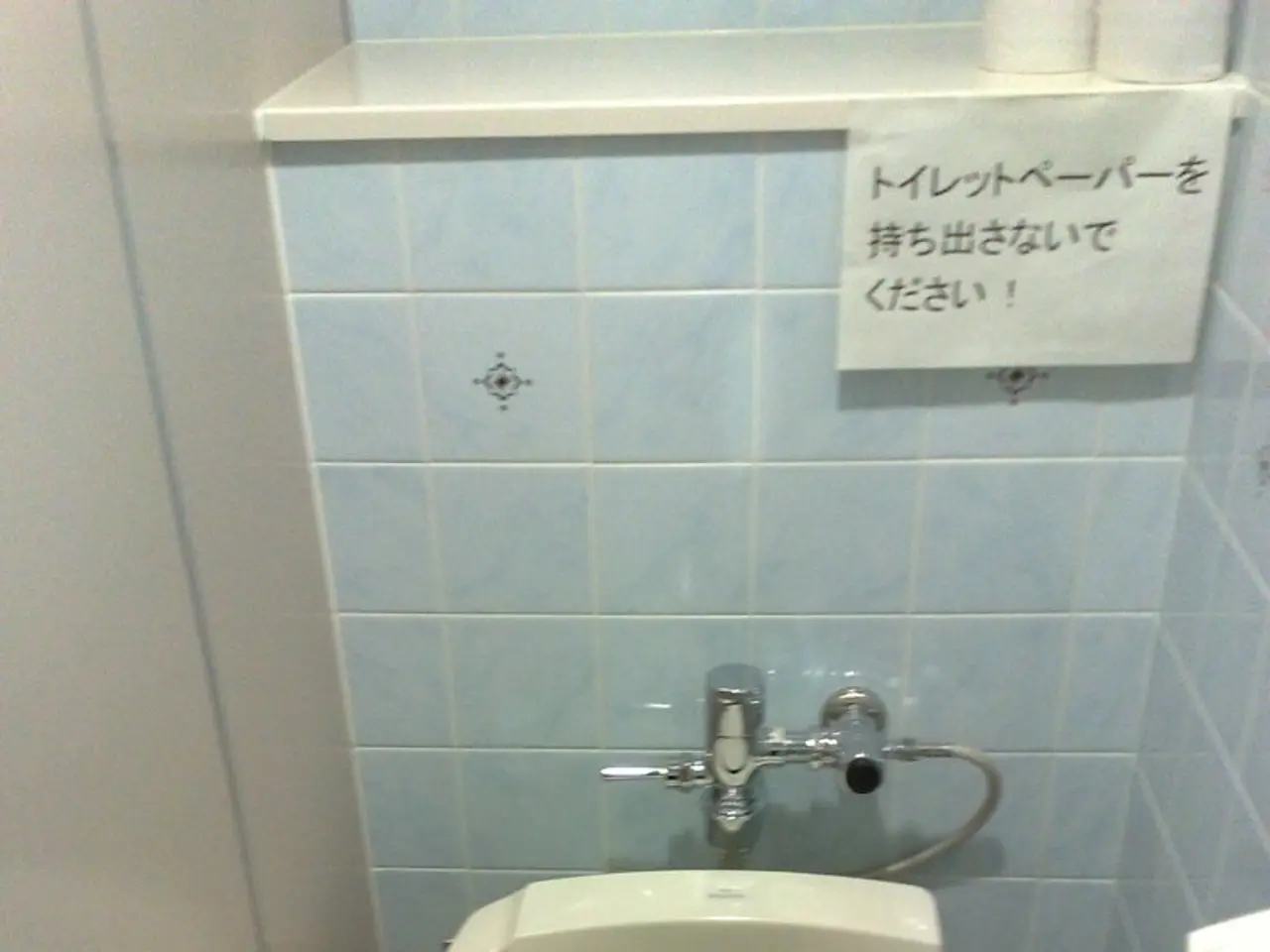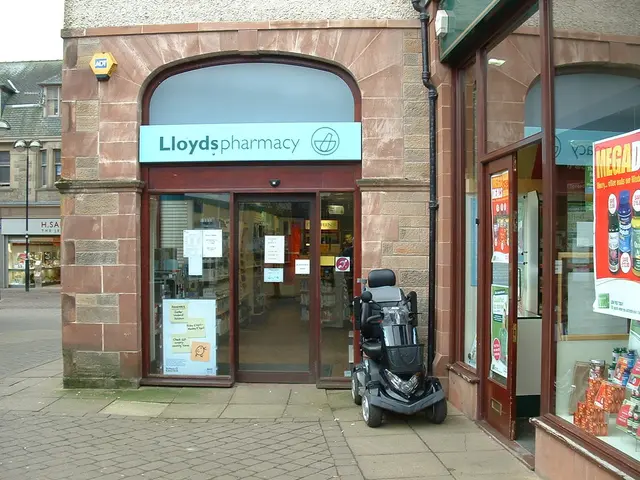Seven substitute options for conventional toilet paper usage
In the quest for sustainability, many consumers are turning to toilet paper alternatives that are kinder to the environment. This article delves into the best and safest options available, their pros and cons, and usage and disposal guidelines.
### Best Alternatives, Their Pros and Cons:
1. **Bamboo Toilet Paper** - Highly sustainable, renewable, and often free from harmful chemicals, bamboo toilet paper is an eco-friendly choice. Some brands use chemical whitening methods, but safer options like ECF (Elemental Chlorine Free) or TCF (Totally Chlorine Free) are available.
2. **Sugar Cane Blend Toilet Paper** - Similar in sustainability benefits to bamboo, this option is plastic-free and free of harmful chemicals in some brands. However, durability may vary.
3. **Reusable Cloth (Family Cloth)** - Eliminating paper waste, reusable cloth is a long-term economical choice. However, it requires washing after each use and careful hygiene practices.
4. **Bidet or Water-Based Cleansing** - Reducing or eliminating toilet paper use, bidets are hygienic and often preferred in many cultures. Initial cost and water usage are considerations.
### Specific Examples and Notes:
Brands like Eco Cheeks offer unbleached bamboo toilet paper with no chemical whiteners, while Who Gives A Crap, Cloud Paper, Public Goods, and Bumboo provide bamboo or bamboo-sugarcane blends with minimal additives and plastic-free packaging.
### How to Use and Dispose of Alternatives:
Most bamboo and sugarcane toilet papers are designed to be flushable and safe for septic systems. Reusable cloths require thorough washing with hot water and non-toxic detergents after each use.
When a bidet is used, clean yourself with water and optionally use a small amount of toilet paper or cloth to dry. Minimal paper usage significantly reduces environmental impact.
### Summary:
The best and safest alternatives to conventional toilet paper are those made from 100% bamboo or bamboo-sugarcane blends with minimal chemical processing and plastic-free packaging. These are soft, strong, and biodegradable, making them safe for septic systems and environmentally friendly. Reusable cloths and bidets are sustainable alternatives but require attention to hygiene and initial setup. Always follow specific product disposal guidelines to ensure plumbing and environmental safety.
To reduce mess and smell associated with reusable or alternative toilet paper, invest in a small covered trash can. Some sponges are safe to wash in the washing machine, but most will fall apart in the washing machine. Never reuse a sponge after having a bowel movement. Using toilet paper alternatives can help reduce waste and help the environment.
Stores across several countries reported toilet paper shortages due to the COVID-19 pandemic. Some table napkins may be too rough, while others are sufficiently soft. Family members should not share reusable toilet paper options since they can carry bacteria, yeast, and other microbes. Facial tissue and napkins have a similar thickness to toilet paper. Sponges are absorbent and soft but may be difficult to use.
Soak reusable cloth in warm water with a little bleach before washing, wash at a very high temperature, and dry in the dryer to sanitize. Clean-up wipes can be used as an alternative to baby wipes or adult wet wipes. Do not flush alternatives like wipes, even if they claim to be flushable. It is essential to wash hands thoroughly before handling or washing family cloth.
Baby wipes are a toilet paper alternative that can be used for people with sensitive skin and may feel cleaner. Store towels in a secure place and thoroughly disinfect before washing. Toilet paper alternatives, such as wipes, sanitary pads, and paper towels, are thicker and not designed for sewer systems.
A bidet is a device used to rinse oneself after using the toilet, and can be attached to the toilet or be a standalone piece of furniture. Sanitary pads are absorbent and soft, but much thicker than traditional toilet paper, and can be expensive. The Guidelines for Assessing the Flushability of Disposable Nonwoven Products (GD4) do not recommend flushing wipes.
To test if a toilet paper alternative is flushable in a septic tank, place four sheets in a container, fill it two-thirds full with water, shake for 10 seconds, and wait for the water to settle. If the toilet paper begins to dissolve, it is flushable. Instead, give each family member a set of reusable cloth in a different colour so that each person knows which is theirs. Some wipes contain disinfectants, such as bleach or ammonia, which should be avoided. Most toilet paper alternatives are not suitable for flushing.
Personal preference, cost, availability, and the reason for use are factors that may influence a family's choice of toilet paper alternatives. It's recommended to experiment with several different options to see what works best. Reusable cloth, also known as family cloth, is fabric that can be used as toilet paper, washed, and reused.
- Bamboo and sugarcane blend toilet papers, such as those from Eco Cheeks, Who Gives A Crap, Cloud Paper, Public Goods, and Bumboo, are sustainable choices that are free from harmful chemicals and plastic-free.
- Reusable cloth toilet paper, like family cloth, can eliminate paper waste and save money in the long run, but it requires careful hygiene practices and washing after each use.
- Bidets, hygienic and often preferred in many cultures, reduce or eliminates toilet paper use, but initial cost and water usage are considerations.
- When using alternative toilet paper, such as bamboo, sugarcane, reusable cloth, or bidet, minimal paper usage significantly reduces environmental impact.
- To ensure proper hygiene and environmental safety when using reusable cloth or other alternatives, always follow specific product disposal guidelines and wash hands thoroughly before handling or washing them.







